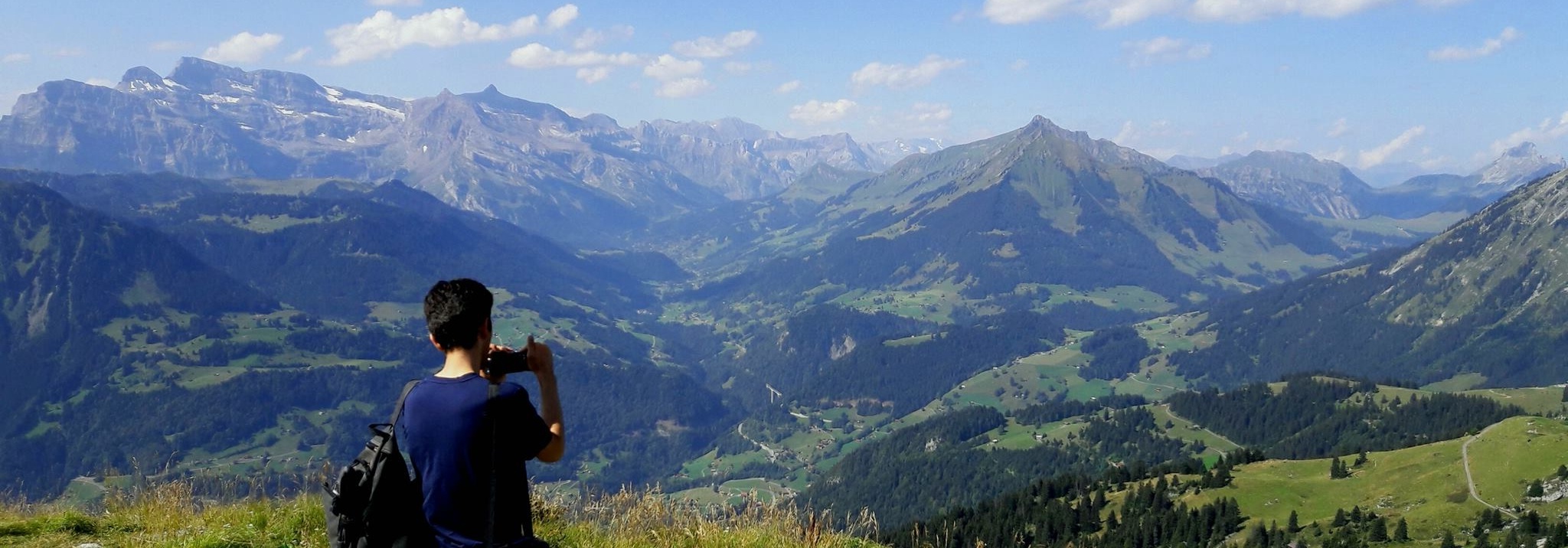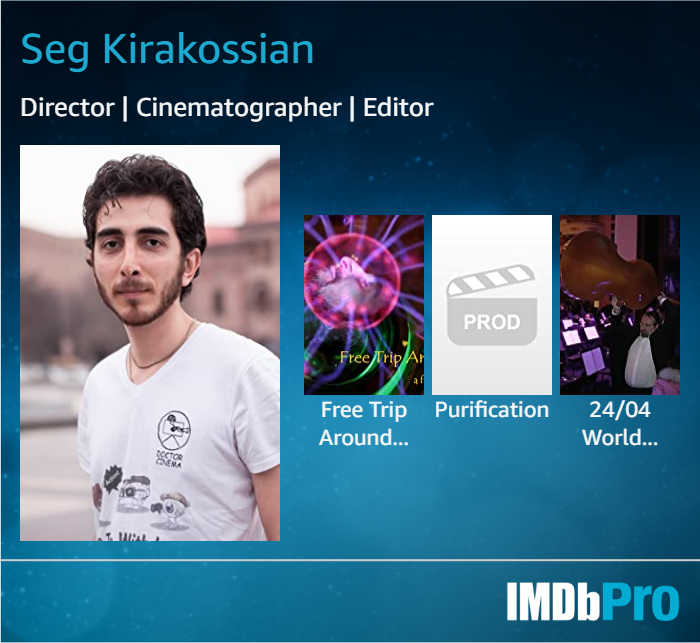As a filmmaker, I have always been interested in exploring new and creative ways of telling stories. My films are not just about entertainment, but they also aim to inspire, educate and create an emotional connection with the audience. In this article, I will provide an overview of the dramaturgy of my films, using examples of my work to illustrate my approach.
The 18-minute documentary film “24/04 World Orchestra” is created in the form of a film memoir, where the protagonist (the initiator of the orchestra, conductor Sergey Smbatyan) tells about his inner feelings, difficulties, and dramatic moments they faced two years ago while organizing the concert. The antagonist in the film is the weather, as the huge concert that was the main event among those dedicated to the 100th anniversary of the Armenian Genocide is being transferred from the republic square to the opera house stage because of the unexpected weather conditions.
In my 36-minute documentary “Do You Need Me?” (the director’s cut) I have used the German playwright and novelist Gustav Freytag’s 5-act theory to structure the storyline (described in his work “Die Technik des Dramas”), where the last part is called Catastrophe, but here it doesn’t cross the line of tragedy. The film takes us through the life of a regular man, a teacher, a lecturer, a composer, a beloved art worker, and a once-famous musician. The story is a reflection on life and its purpose, and it engages the audience by allowing them to identify with the characters’ experiences. This was my university diploma work which was re-edited from the ground up five times and premiered in 2014. The storyline is constructed in the following logic: a regular man eating something in the kitchen of his home; a teacher who has students at the musical school; a lecturer who has students at the university; a composer who created well-known and valuable symphonic pieces of music; a beloved art worker to whose jubilee a full concert is dedicated; a talented man who was a very famous and wanted musician once but whose works are not paid now, and new generations don’t remember him.
The TV cut is the only version available to the general public (in Armenian):
In “Naregatsi, Yerevan, Malkovich,” a short 18-minute film, I have used a three-act structure to tell the story of a world-famous actor performing the prayers of St. Grigor Naregatsi accompanied by the Armenian State Symphony Orchestra. The use of a three-act structure allows for a clear beginning, middle, and end. The audience is captivated by the performance, and the ending, where Malkovich’s silhouette can be noticed in the sky, leaves them with a sense of wonder and awe.
The 18-minute documentary “Naregatsi, Yerevan, Malkovich” has a three-act structure – world-famous actor John Malkovich in 2017 comes down from the skies in Yerevan, performs the prayers from St. Grigor Narekatsi accompanied by the Armenian State Symphony Orchestra, and goes back to the sky (expressed in Malkovich’s silhouette visible in the sky).
No public screening link is available for this film https://www.imdb.com/title/tt12010354/
“Free Trip Around the Sun” is a 15-minute documentary about a young eco-activist who struggles against occurrences that disturb him. Vahagn Vardumyan expresses his protest and disobedience towards social problems through yoga, vegetarianism, and promoting the use of bicycles. The plot has elements from the different types described in Joseph Berg Esenwein’s book “Writing the Short-Story: A Practical Handbook on the Rise, Structure, Writing, and Sale of the Modern Short-Story” published in 1909. According to it, types of plots are Surprise, Problem, Mystery, Mood or Emotion or Sentiment, Contrast, and Symbolism. For example, at the beginning of the film, we see a strange type of bicycle. Later, there is a scene of a painting on the woman’s tights that surprises and creates curiosity. The shot full of steam in hot spring water followed by the playing scene with the plasma ball creates a certain mood, etc.
In my 30-minute TV documentary “Vardges Surenyants: The VR painter of the 19th Century,” I have used a creative solution for the storyline. Since there is almost no visual material available about the artist, the film features a VR reproduction process of the artist’s most famous masterpiece, Salome, alongside the life story of the artist. By using technology, the film allows the audience to experience the artwork in a new and exciting way.
Vardges Surenyants: The VR painter of the 19th Century (in Armenian)
In conclusion, as a filmmaker, I strive to create films that engage the audience through well-crafted and structured stories. The examples of my works above show that I use various techniques and approaches to achieve this goal. Whether it’s using a personal narrative, a three-act structure, or even technology, my aim is to connect with the audience and provide them with an experience they won’t forget.
Consultancy Service on Scriptwriting and Plot Development
Usually, it’s preferable to have the script as detailed as possible before the documentary shootings start. It can help even if the storyline, at the end of the production, doesn’t have anything in common with the initial idea.
The principle of documentary film scriptwriting is contradictory to classical fictional scripts – it’s a long-lasting creative work parallel with pre-production, production and post-production stages, combined with a full project proposal.
To understand documentary scriptwriting, it’s important to explore the following concepts:
- Fiction script types
- Documentary script types
- The script in different stages of filming
- Words vs. Actions
- Topics and the material
- Flexibility
- Curiosity
- Structural forms
- Project Proposal



